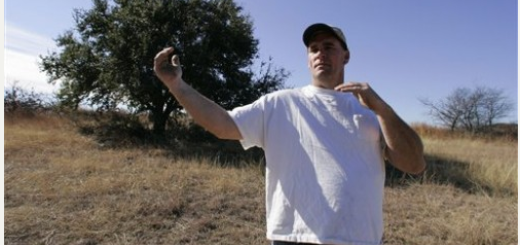COVID-19 could be seasonal illness that returns as humidity decreases, new Australia study reveals

A study conducted in Australia during the early stage of the coronavirus pandemic has found an association between lower humidity and an increase in locally acquired positive cases.
The study, which is the first peer-reviewed study of a relationship between climate and COVID-19 in the southern hemisphere and was published today in Transboundary and Emerging Diseases, found a 1 percent decrease in humidity could increase the number of COVID-19 cases by 6 percent.
“COVID-19 is likely to be a seasonal disease that recurs in periods of lower humidity. We need to be thinking if it’s winter time, it could be COVID-19 time,” said Michael Ward, an epidemiologist in the Sydney School of Veterinary Science at the University of Sydney who led the research, in a statement.
10 PERCENT OF CORONAVIRUS PATIENTS WITH DIABETES DIE WITHIN A WEEK OF HOSPITALIZATION, NEW STUDY FINDS
AS COVID-19 SCAMS PROLIFERATE, GOOGLE LAUNCHES SCAM-SPOTTER TOOL
Since the COVID-19 pandemic developed in China, Europe and North America during those regions’ winter, researchers were curious to see if there was a unique association between the virus and Australia’s late summer and early autumn.
“When it comes to climate, we found that lower humidity is the main driver here, rather than colder temperatures,” Ward explained. “It means we may see an increased risk in winter here, when we have a drop in humidity. But in the northern hemisphere, in areas with lower humidity or during periods when humidity drops, there might be a risk even during the summer months. So vigilance must be maintained.”
According to Ward, there are also biological reasons why humidity can impact the transmission of airborne viruses.
“When the humidity is lower, the air is drier and it makes the aerosols smaller,” he said. “When you sneeze and cough those smaller infectious aerosols can stay suspended in the air for longer. That increases the exposure for other people. When the air is humid and the aerosols are larger and heavier, they fall and hit surfaces quicker.”



 Creators of mankind
Creators of mankind Description of “Tall white aliens”
Description of “Tall white aliens” Where they came from?
Where they came from? About hostile civilizations
About hostile civilizations The war for the Earth
The war for the Earth “Tall white aliens” about eternal life
“Tall white aliens” about eternal life Video: “Nordic aliens”
Video: “Nordic aliens” Aliens
Aliens Alien encounters
Alien encounters The aliens base
The aliens base UFO
UFO Technology UFO
Technology UFO Underground civilization
Underground civilization Ancient alien artifacts
Ancient alien artifacts Military and UFO
Military and UFO Mysteries and hypotheses
Mysteries and hypotheses Scientific facts
Scientific facts


















